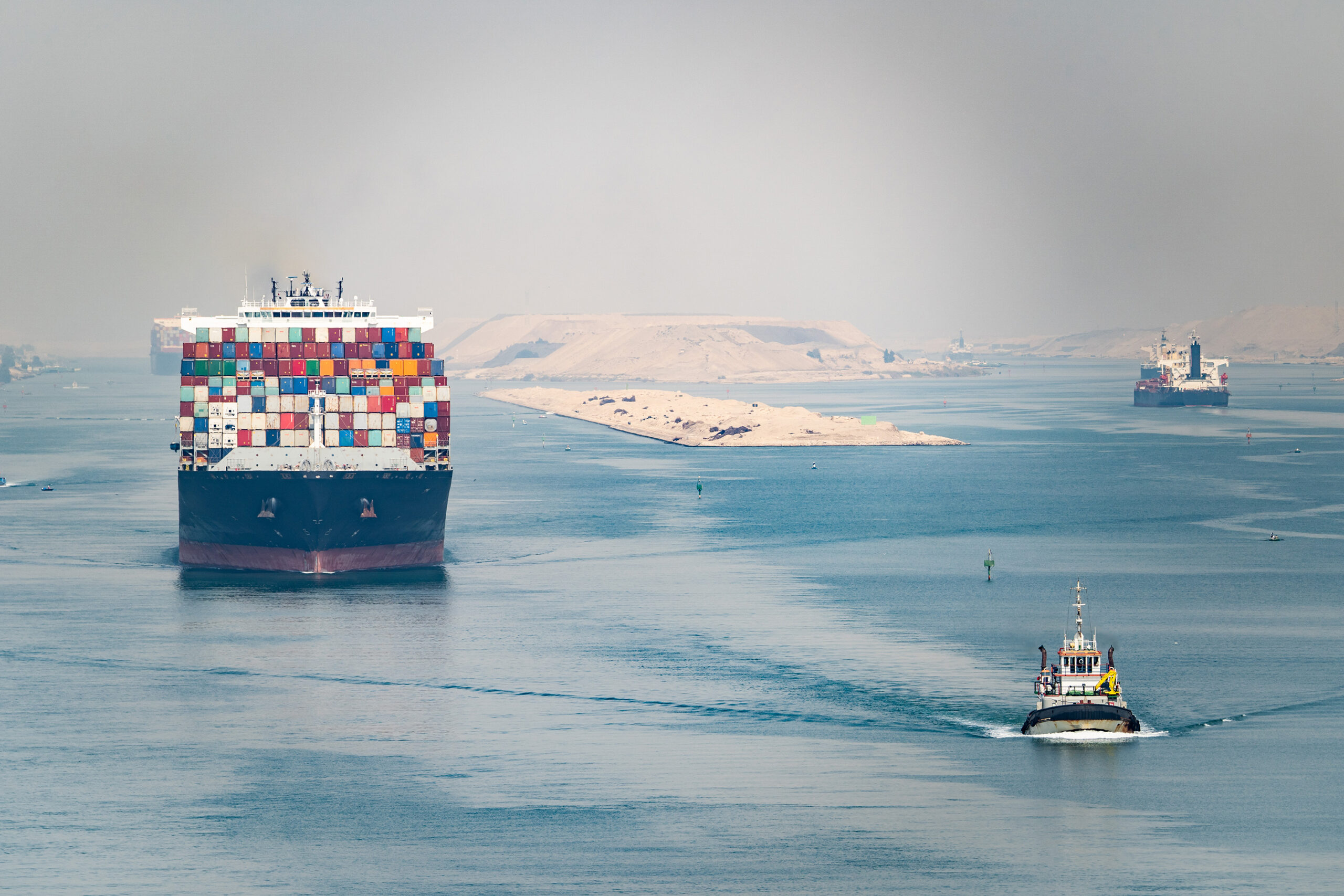Eastern Mediterranean gas in spotlight amid Gaza conflict
The ongoing conflict in Gaza has led to questions over the risk to existing and new natural gas projects in the Eastern Mediterranean.

The conflict in Gaza continues, after a brief ceasefire came to an end in early December. The conflict has brought Middle Eastern energy security into the spotlight and has heightened scrutiny of the risks faced by new and existing natural gas developments in the Eastern Mediterranean.
Initial disruptions, such as the temporary shutdown of Israel’s Tamar gas field, have passed, but risks remain, and indeed precede the current conflict.
“It would have been naive for any investor not to consider the heightened security risk that has characterised that part of the world and will continue to do so for the foreseeable future,” Crystol Energy’s CEO, Carole Nakhle, told Gas Outlook. “Of course, the recent conflict in Gaza has increased the risk and awareness of how fragile the situation is but that risk never dissipated.”
Along with Tamar, operations were also disrupted on the EMG pipeline, which carries Israeli gas to Egypt.
“Egypt experienced a loss of Israeli gas volumes from October 9 to November 14, resulting in an overall reduction in exports from Israel to Egypt to about 200 MMscf/d in October, down from 868 MMscf/d in September,” Siamak Adibi, principal consultant and head of Middle East gas at Facts Global Energy, told Gas Outlook.
Chevron resumed operations at Tamar and gas supply to Egypt via the EMG pipeline in mid-November. However, the disruption to service on the pipeline “had the knock-on effect of delaying the resumption of Egyptian LNG exports, which were halted during the summer amid peaking domestic gas demand,” an IGM Energy commodities analyst, Douglas McDonald, told Gas Outlook.
“While such impact may turn out to be relatively short-lived, concerns about Israel’s reliability as a supply partner are likely to persist,” McDonald said. “Indeed, Jordanian authorities have been speaking with potential partners in the Gulf regarding (more expensive) alternatives to Israeli gas flow.”
Regional commitment
Despite the risks, though, companies including Chevron remain committed to the region. Indeed, in early December, it emerged that Chevron had reached an agreement with the government of Cyprus on the development of the Aphrodite gas field. The details of the agreement have not been disclosed, but the Cypriot Ministry of Energy said in a brief statement that it had received a letter from Chevron that “confirms the parties’ alignment regarding the wider framework of the field’s exploitation.”
Chevron had initially proposed transporting the gas from Aphrodite to Egypt via a pipeline, whereas the Cypriot government had favoured processing it on a floating production facility. However, a compromise has now been reached.
“They have reached an agreement over the revised development plan,” said Adibi. “In the revised plan, there will be no FPSO and they send gas directly to Egypt for processing. This makes economic sense as Egypt has under-utilised gas processing capacity and the new plan will save investment and also time for Cyprus. This is probably the most economic solution and other alternatives are either technically complex or will have much higher costs.”
Looking ahead
Efforts to conduct further exploration in the Eastern Mediterranean are also ongoing, at least among those companies with a tolerance for the risk levels involved.
“National boundary conflicts and religious/political concerns have meant that only companies with a healthy appetite for risk have entered these jurisdictions,” said McDonald. “Obviously, conflicts rarely create opportunities that are conducive to investment, however, a recent agreement on border demarcation between Lebanon and Israel (brokered and guaranteed by the U.S.) is a positive step. This, and perhaps the confidence offered by the presence of QatarEnergy, provided the stability Beirut needed to conclude its latest licensing rounds just before the outbreak of the conflict after years of delays.”
McDonald also pointed to Israel’s announcement of awards during its fourth licensing round as noteworthy, coming just two weeks after the start of the conflict.
But the possibility remains of the conflict still leading to further delays to energy projects in the region.
“There may be some delays in overall downstream and upstream activities in the region because of the current war,” said Adibi. “For instance, construction of pipelines from Ashdod to Ashkelon and Nitzana in Israel are on hold due to the war. These pipelines are essential to boost gas exports to Egypt. The FID for Phase 2B of Leviathan may face a further delay. New exploration licenses in the region may face a bit of delay in drilling exploration wells, but these are temporary pauses and will not dramatically impact the long-term prospects of gas development in Israel and Cyprus.”
Adibi added that the conflict could also increase operational costs and affect the pace of mergers and acquisitions in the region.
Nakhle also cited increased costs as a potential impact of the conflict, at least in the countries directly affected.
“Security risk in particular is not new in the region,” said Nakhle. “I don’t see the conflict causing a major setback for countries outside those directly affected by the conflict. To those that are directly affected, the simple answer is a heightened security risk, which can negatively impact investment plans e.g. defer decisions to commit significant capital, increase the cost of doing business which in turn reduces the value of a project, reduce attractiveness to international capital,” she added.
In the longer term, Nakhle sees the volatility in the region as a significant hurdle to energy development.
“For the Eastern Mediterranean region to fully exploit its gas potential, you need co-operation between neighbouring countries,” she said. “As long as the region remains politically fragmented, many export routes will not make it beyond the concept stage.”
